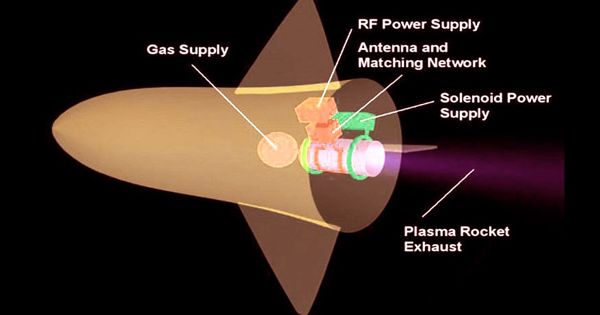A far-infrared laser or terahertz laser (FIR laser, THz laser) is a laser with an output wavelength of 30-1000 µm (frequency 0.3-10 THz) in the electromagnetic spectrum’s far infrared or terahertz frequency band. These lasers operate in the far-infrared part of the electromagnetic spectrum, with wavelengths ranging from 30 micrometers (µm) to 1 millimeter (mm). These lasers have numerous scientific, medicinal, industrial, and military applications.
FIR lasers have applications in terahertz spectroscopy, terahertz imaging, and fusion plasma physics diagnostics. Far-infrared radiation exists in the spectral region beyond the microwave range and is distinguished by longer wavelengths than visible and near-infrared light. They can be used to identify explosives and chemical warfare chemicals using infrared spectroscopy or to measure plasma densities using interferometry techniques.
FIR lasers are typically comprised of a long (1-3 meter) waveguide filled with gaseous organic molecules that are optically pumped or discharged. They are inefficient, frequently require helium cooling, have strong magnetic fields, and/or are only line tunable. Efforts are being made to create smaller solid-state replacements.
The p-Ge (p-type germanium) laser is a solid-state, tunable far-infrared laser that has been around for over 25 years. At liquid helium temperatures, it operates in crossed electric and magnetic fields. Wavelength selection can be accomplished by varying the applied electric/magnetic fields or by including intracavity components.
Applications:
- Scientific Research: Far-infrared lasers are used in scientific research for spectroscopy, imaging, and studying molecular vibrations.
- Medical Imaging: FIR lasers find applications in medical imaging, particularly in the detection of skin cancers and other medical diagnostics.
- Communication: Some applications involve far-infrared lasers in communication systems, especially in free-space optical communication.
- Remote Sensing: FIR lasers are utilized in remote sensing applications, such as atmospheric monitoring and earth observation.
Challenges
Far-infrared radiation generation and control can be difficult due to technological challenges associated with the formation of coherent radiation at these longer wavelengths. Current research is aimed at increasing the efficiency, power output, and compactness of far-infrared laser sources. Advances in laser technology and materials are examples of this.
















